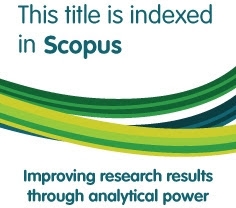At the Sources of Indonesian Political Islam's Failure: The Split between the Nahdlatul Ulama and the Masyumi in Retrospect
Abstract
This article intentionally emphasizes the analysis of the political context, while touching only slightly on sociological considerations. The fact that the sociological difrerences could be overcome, since the two currents once succeeded in uniting into Masyumi. Moreover, this article wanted to show common notions of basic disagreements, such as the oft-noted conflict where reformists frequently despise traditionalists' penchant for Sufism, for the supernatural and for the irrational, which they consider to be everywhere the "cause" of general backwardness of Muslim countries in terms of technology (kemunduran), while the latter tend to criticize reformists for their puritan behavior and for their great hostility to local tradition. Traditionalists also commonly blame reformists for their "dryness" (kekeringan), while the latter feel proud of being closer to a "pure" Middle-Eastern model. We have also tried to put aside considerations of class differences, traditionalists being generally closer to lower rural classes, modernists being more numerous in urban middle-clases. The purpose was to deal with the political context and the discourse on both sides to try and determine why political union failed despite the repeatedly heralded desire of unity.
Full Text:
PDFDOI: https://doi.org/10.15408/sdi.v6i2.729 Abstract - 0 PDF - 0
Refbacks
- There are currently no refbacks.

All publication by Studia Islamika are licensed under a Creative Commons Attribution-NonCommercial 4.0 International License.
Studia Islamika, ISSN: 0215-0492, e-ISSN: 2355-6145
View My Stats
